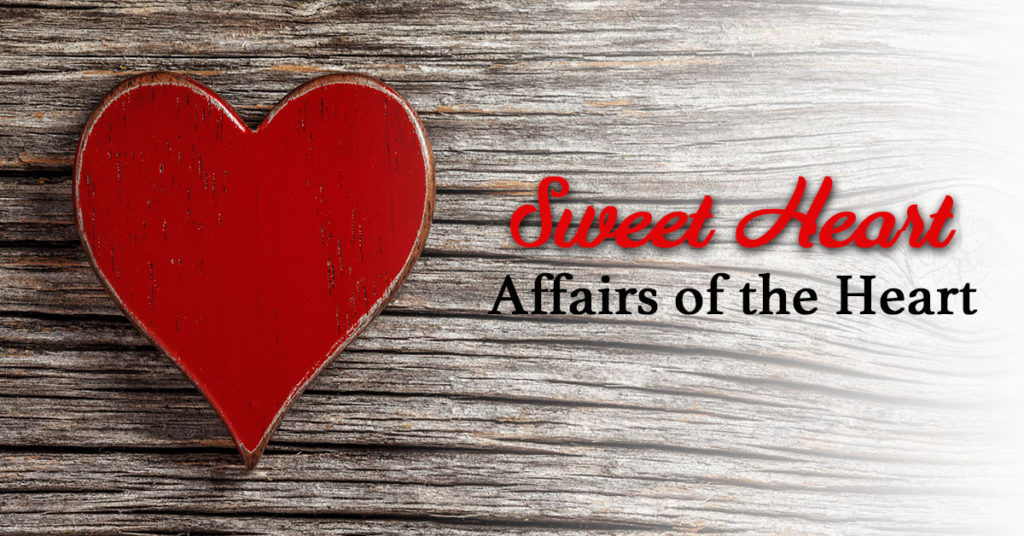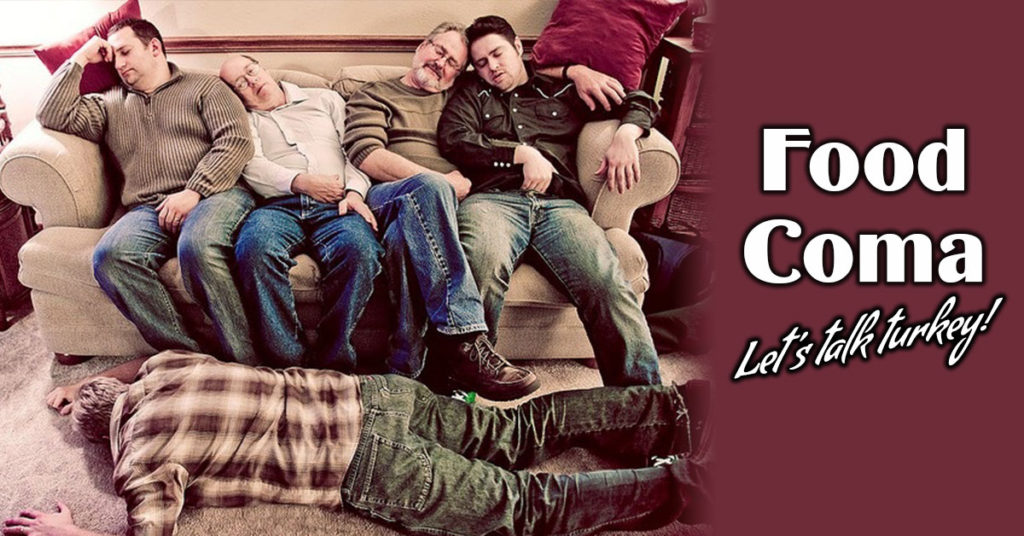Sweet Heart – Affairs of the Heart

What, actually, is the definition of “heart”? Technically, it is a hollow muscular organ of vertebrate animals, that by its rhythmic contraction acts as a forceful pump maintaining the circulation of the blood. But get out a dictionary and it’s defined as a lot more:
- The graphic symbol doodled and represented from the time we’re old enough to get crayons in our hands
- A suit of playing cards that can get people in trouble if they bet on them showing up in a five-card flush
- A personality, as in such a cold heart
- A generous disposition, such as a person with heart
- Our innermost character or feelings… a man after my own heart
- Grabbing your chest as in be still my heart
- This being Valentines, let’s not forget love and affection, such as won her heart
It’s even an idiom wonder:
Cross my heart. Whole hearted. Sick at heart. Have a heart. Have your heart set on. Even artichoke hearts. Get the idea?
But let’s get to the heart we should be most concerned with.
Your Most Significant Other
Our hearts are what pump life into us. But they can also take it away. The fact is, heart disease is now our No. 1 killer with more women dying of it than men. Enough said.
Jeez, the Jargon
More than a muscle, the heart is a puzzle, a complex whirling bedlam of interconnected parts that all depend on each other. It’s hard, or nearly impossible for us to understand everything that’s involved. Its physiology alone, can sound like scary gibberish:
- Ventricles
- Pericardium
- Myocardium
- Endocardium
- Arrhythmogenic right ventricular dysplasia (ARVD)
- Angioplasty
- Atherosclerosis
- Pericarditis
- Saphenous vein
- Tachycardia
- Mitral stenosis
- Superior and inferior venae cavae
- Sinoatrial node
And you thought antidisestablishmentarianism was a tough one.
The Tic, Tic, Tic of Your Ticker
There are some things about your heart that can be explained in plain English. They’re actually pretty informative and even fascinating.
- A human heart is roughly the size of a large fist
- Your heart pumps 60-80 times a minute, 100,000 times a day and 3 billion times over the course of a lifetime
- The heart weighs between 10 to 12 ounces in men and 8 to 10 ounces in women
- The heart pumps blood to almost all of the body’s 75 trillion cells. Only the corneas receive no blood supply
- A kitchen faucet would need to be turned on all the way for at least 45 years to equal the amount of blood pumped by the heart in an average lifetime
- Because the heart has its own electrical impulse, it can continue to beat even when separated from the body, as long as it has an adequate supply of oxygen
- Every day, the heart creates enough energy to drive a truck 20 miles. In a lifetime, that is equivalent to driving to the moon and back
- Some heavy snorers may have a condition called obtrusive sleep apnea (OSA), which can negatively affect the heart
- Christiaan Barnard (November 1922 – September 2001), was a South African cardiac surgeon who performed the world’s first successful human-to-human heart transplant
- French physician Rene Laennec (1781-1826) invented the stethoscope when he felt it was inappropriate to place his ear on his large-buxom female patients’ chests in order to listen to their hearts. We couldn’t resist adding this one.
Heart and Soul
What’s to love about feeling out of whack all over? Anxiety. Fatigue. Sleep problems.
What’s going on? Usually you attribute these things to something else, when in fact, it could be that your hormones are out of balance. Which can make your whole life feel out of balance. Hormones can become unbalanced anytime throughout your life regardless of age or sex. But here’s something you’ll love; at Denver Hormone Health, Dr. Stephan A. Goldstein can get you going full speed again. With his unparalleled experience and expertise in the field of Hormone Replacement, he knows just what to do. Simple tests will tell him what’s really going on, and from there, he creates a treatment tailored exactly to resolve your problems. Give yourself the valentine of feeling your best and call for an appointment now.
One visit and you’ll know his heart’s in the right place.


